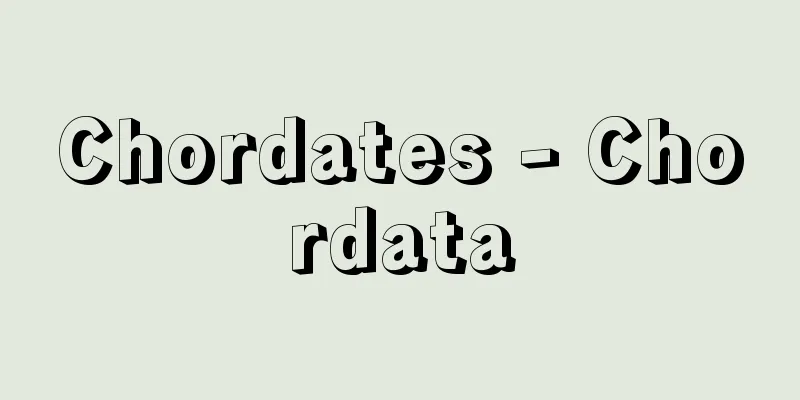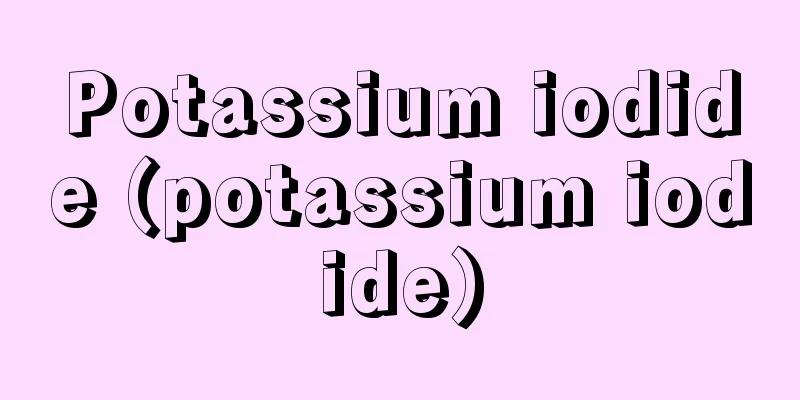Chordates - Chordata

|
In animal classification, this is the name for the group of animals that combines the phyla Protochordata and Vertebrata. The first characteristic of chordates is that they produce a notochord early in development; some chordates maintain this for life, while others are replaced by vertebrae and reduce the size of the notochord. The second characteristic is the neural tube that runs along the dorsal side, which in vertebrates divides into the brain and spinal cord. The third characteristic is that gill slits appear in the pharyngeal area, at least early in development. Gill slits indicate that the ancestors of animals in this phylum were aquatic. Chordates are bilaterally symmetrical, and their segmented structure is evident in the segmented structure of the vertebral column and the arrangement of muscles. They reproduce sexually, with a few species practicing parthenogenesis, but most are hermaphroditic. Most urochordates (sea squirts) are marine and benthic, and many only have a notochord and nerve cord in the larval stage. Planktonic tail worms (such as the ascidian) have a notochord in the tail even as adults. Cephalochordates (such as amphioxus) maintain a notochord and nerve cord that run the entire length of their bodies throughout their lives. Chordates other than urochordates and cephalochordates, i.e. vertebrates, have a brain and a braincase that encases it, and are therefore called cephalic chordates. In cephalic chordates, the notochord reaches the front end of the spinal cord, but does not reach the position of the brain, which also distinguishes them from cephalochordates (also called acephalic chordates). In terms of classification, some researchers consider the Chordata to be one phylum, with the Tunicates, Cephalochordates, and Vertebrata included in this phylum as three subphyla, while others do not include the Vertebrata subphylum, and instead add the two subphyla Agnatha and Gnathostomata, making a total of four subphyla. [Seiichiro Kawashima] Source: Shogakukan Encyclopedia Nipponica About Encyclopedia Nipponica Information | Legend |
|
動物分類上、原索動物門と脊椎(せきつい)動物門とをあわせた動物群に対する名称。脊索動物は、発生の初期に脊索を生じるのが第一の特徴で、脊索が終生続くものと、椎骨に置き換えられて縮小するものとがある。第二の特徴は背側を走る神経管で、脊椎動物では脳と脊髄に分かれる。第三の特徴は、少なくとも発生初期には咽頭(いんとう)部に鰓裂(さいれつ)が出現することである。鰓裂はこの門の動物の祖先が水生であったことを示す。 脊索動物は左右相称で、体節構造が脊柱の分節的構造や筋肉の配列などに認められる。有性生殖を行い、ごくわずかの種類が単為生殖をするが、ほとんどのものは両性生殖による。尾索動物(ホヤ類)の多くは海産で底生性であり、幼生期にのみ脊索と神経索をもっているものが多い。浮遊性の尾虫類(オタマボヤなど)は成虫でも尾部に脊索をもっている。頭索動物(ナメクジウオなど)は体の全長に及ぶ脊索と神経索を終生維持している。尾索類、頭索類以外の脊索動物、すなわち脊椎動物は脳とそれを包む脳頭蓋(とうがい)をもつので有頭類という。有頭類では脊索が脊髄の前端まで達するが、脳の位置までは進まない点でも頭索類(無頭類ともよぶ)と異なる。 なお、分類上、脊索動物を一門とし、尾索動物、頭索動物、脊椎動物を三亜門としてこの門に含める考え方や、このうち脊椎動物亜門を設けず、無顎(むがく)類と顎口類の二亜門を加えて合計四亜門とする研究者もある。 [川島誠一郎] 出典 小学館 日本大百科全書(ニッポニカ)日本大百科全書(ニッポニカ)について 情報 | 凡例 |
<<: Accumulated temperature - Accumulated temperature
Recommend
Izuruhara ruins - Izuruhara ruins
A communal cemetery from the middle of the Yayoi p...
Concentrazione antifascista (English spelling)
...The exceptional person who was able to express...
trophoblast
…Fetal blood flows through the villi (Figure). Fe...
Muslim
…the Arabic word for Muslim. Feminine Muslima, pl...
Kasuyasou
…Also written as Kasuya or Kasuya. A medieval sam...
Blow fly - Kurobae (English spelling)
A general term for insects in the Calliphoridae f...
Huang Dao-zhou; Huang Tao-chou
[Born] Wanli 13 (1585) [Died] 1646 A loyal subject...
Kyrillos Loukaris
1572‐1638 Patriarch of Constantinople. He attempte...
Indian Rosewood - Indoshitan
…In addition to this species, quince wood also in...
Onomon Gate Ruins - Onomonzeki
Common name for Zuishin-in, the head temple of the...
Rudolff, C.
…He indicated the decimal place with a circled nu...
Torch
...The ornamental Tithonia is the Mexican sunflow...
Cutting off something - Cutting off something
Taboos are prohibitions against actions that are p...
Hanasukusha (English name) Ginger lily
About 40 species of the Hedychium genus of the Zin...
Malmö (English spelling)
Malmöhus County is the capital of Malmöhus County,...


![Horonobe [town] - Horonobe](/upload/images/67ccdf175a373.webp)






